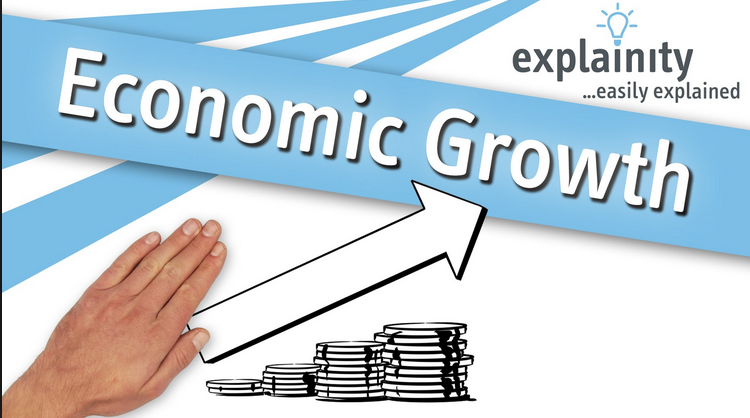When the economy is at risk of falling into a recession or struggling to grow out of one, the change in the jobs numbers really is the best single number to understand the state of the economy. While it has a lot of month-to-month statistical variance, it is a fairly reliable indicator — especially if you average a few months together — of whether the economy is growing, contracting or stagnant.
But there are no signs now that the United States is in recession or close to one. And once the economy is close to full employment, gains in jobs take on lesser importance. A few years ago, when the unemployment rate was at 7 or 8 or 10 percent, the level of job gains was driven by employers’ confidence about the economic outlook.
Now, with the jobless rate at 4.5 percent, the binding constraint is the number of available workers. Over the long run, employers can add jobs only as quickly as there are people to fill them. That is determined by a mix of demographic factors like birthrates and immigration levels, along with choices people make like whether to work, retire or stay home with a child.




